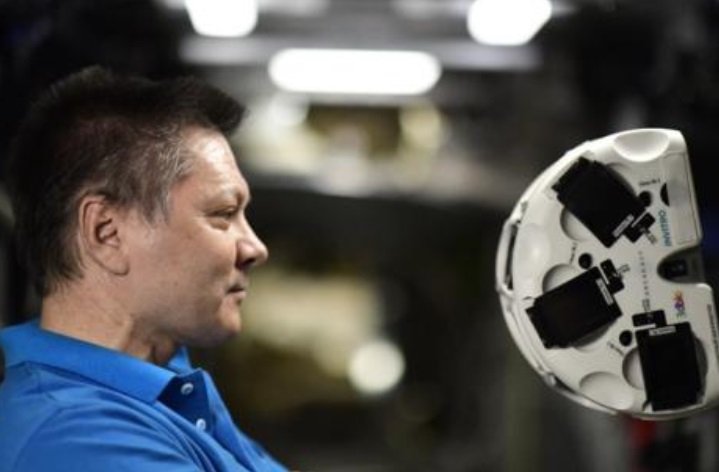Such an experiment under weightless conditions will be carried out for the first time in the world
This year, an experiment using 4D bioprinting will take place on board the International Space Station (ISS), during which it is planned to obtain the equivalent of tubular organs. Such an experiment will be carried out for the first time in the world, said the commander of the Roscosmos cosmonaut corps Oleg Kononenko.
In March of this year, cuvettes with a unique synthetic material containing a cell layer on the surface will be delivered aboard the ISS. Under microgravity conditions inside a magnetic bioprinter, a flat plate will curl into a cylinder due to the shape memory effect. In this case, the cellular material must create a uniform closed layer inside the cylinder. 4D bioprinting technology will make it possible to obtain equivalents of tubular organs, such as ureters and urethra. A similar experiment using 4D bioprinting technology in outer space will also be carried out for the first time in the world.
Oleg Kononenko
4D bioprinting technology using the shape memory effect of materials was developed jointly with specialists from the MISiS University of Science and Technology. The magnetic bioprinter arrived on the ISS back in December 2018, when Kononenko became the first cosmonaut to conduct biofabrication experiments in space. During these experiments, three-dimensional tissue-engineered structures of the mouse thyroid gland and human cartilage tissue were created; such studies had not previously been carried out under zero-gravity conditions. Now it is planned to create structures with more complex geometry: cylindrical in shape.

